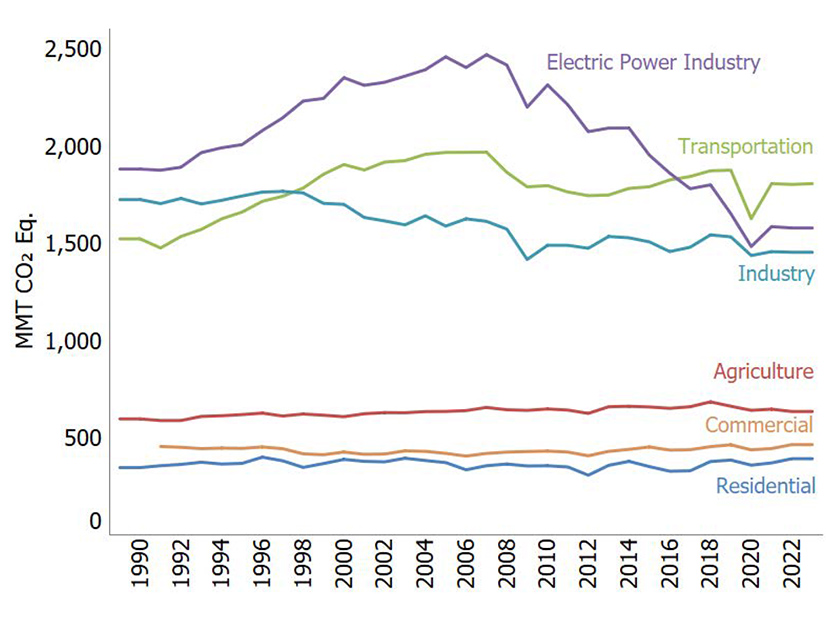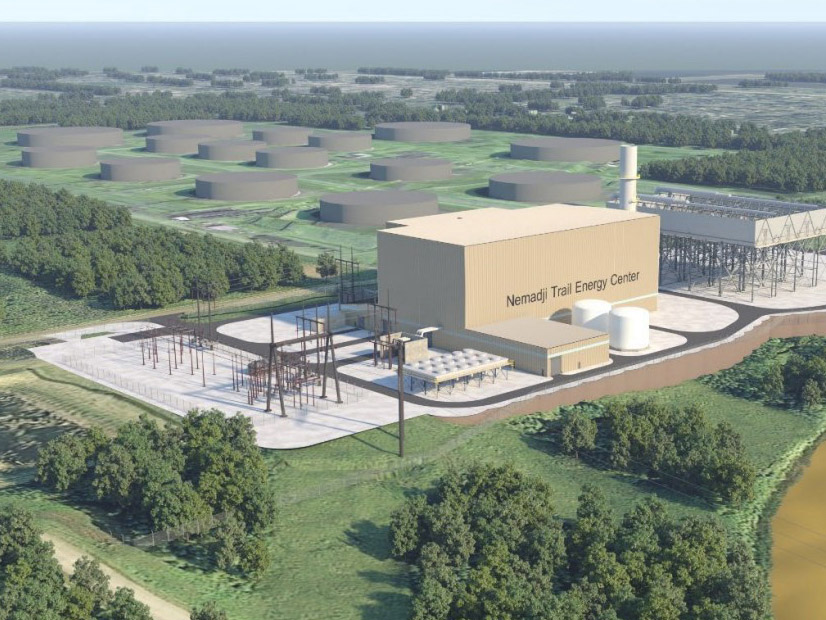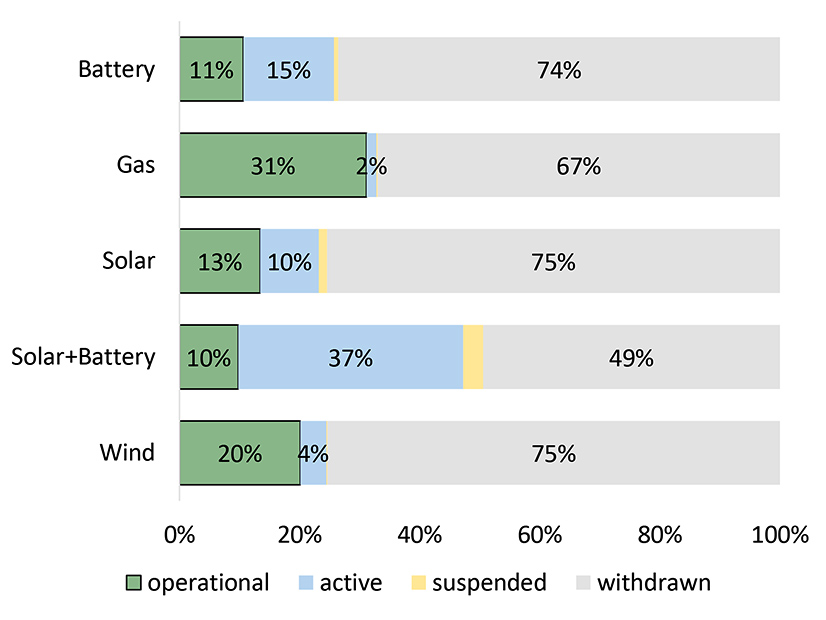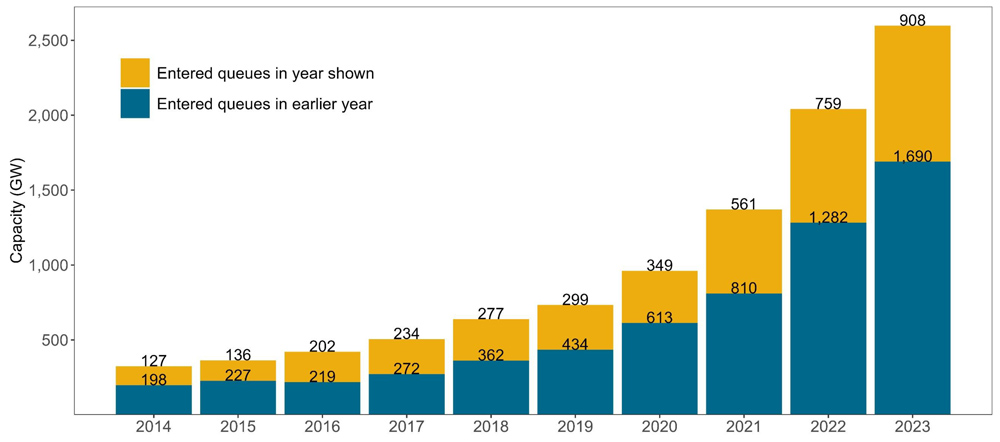Backers of an initiative to create an independent Western RTO that builds on CAISO’s markets have floated a plan to untangle the snag that’s hung up past efforts to “regionalize” the ISO: a lack of independent governance.
The plan is set out in West-Wide Governance Pathways Initiative’s highly anticipated straw proposal, which the group’s Launch Committee released April 10 along with an accompanying stakeholder guidance document and legal analysis. The latter was performed by law firm Perkins Coie, which the committee retained to examine state and federal legal issues.
It describes a “stepwise” approach for transitioning the oversight authority for CAISO’s Western Energy Imbalance Market (WEIM) and Extended Day-Ahead Market (EDAM) from an ISO board appointed by California’s governor to an independent entity representing stakeholders from across the Western Interconnection.
Effecting that transition has been the key objective of the Pathways Initiative, which utility commissioners from five Western states launched last July just as EDAM began to face mounting competition for participants from SPP’s Markets+ day-ahead offering. (See West Entered Pivotal Period for RTO Development in 2023.)
“This package presents the Launch Committee’s evaluation of options to achieve the original goal of the Pathways Initiative: the creation of a new, independently governed entity capable of offering an expansive suite of West-wide wholesale electricity market functions across the largest possible footprint,” the committee said in a statement accompanying release of the documents.
The proposal envisions three steps for progressively meeting that goal, but the plan released April 10 deals only with the first two steps, leaving the third for a future time once the effort has initial objectives.
Option 0
Step 1 of the proposal calls for making the existing WEIM/EDAM Governing Body as independent as possible “within the current CAISO structure in a way that presents little or no” risk to inciting challenges to the change based on California law.
The action represents “Option 0” among the governance options the Launch Committee laid out during its December stakeholder update call and is expected to be workable without making changes to the California statute governing the ISO. (See Western RTO Initiative Outlines Governance Options.)
The step would entail giving the WEIM’s Governing Body “primary authority” over market-related matters in areas where it currently shares “joint authority” with the ISO’s Board of Governors, with disagreements being “channeled” into the existing dispute resolution process outlined in the WEIM charter, which falls under the CAISO tariff.
Step 1 also would include modifying the current dispute resolution process to allow CAISO to make a “dual filing” of both bodies’ proposals with FERC — “with no stated preference” — in the instances of unresolved disagreements over market rules, similar to the “jump ball” process between ISO-NE and NEPOOL in New England.
This step additionally would revise the WEIM charter to account for consumer and state interests in the market’s decision-making process.
“This step also contemplates a continued advisory role for a Body of State Regulators (BOSR) in WEIM GB and CAISO BoG decision-making, and an active role in representing state interests, when necessary, in any ‘dual filing’ before FERC” the proposal says.
Under the plan, Step 1 would be triggered once EDAM implementation agreements have been executed by a “set of geographically diverse” WEIM entities outside CAISO representing load “equal to or greater than 70% of the CAISO balancing authority area (BAA) annual load for 2022.”
“Assuming all the entities who have expressed an intent to join EDAM as of April 10, 2024, execute implementation agreements, only one additional utility representing at least 10,000 GWh of load and located in the Southwest would be required to trigger the Step 1 governance transition” the proposal says.
The proposal says: “Step 1 is just the first step toward the full realization of the regulators’ vision of energy markets with governance independent of any single state, participant or class of participants,” representing “a near-term incremental increase in independent governance that show commitment” to that vision. It also notes that Perkins Coie concluded the step could be completed within the scope to California law, but that FERC approval likely would be required.
RO, Not RTO
Step 2 in the straw proposal seeks to achieve the Pathways Initiative’s “primary goal” by “creating a durable governance structure with a fully independent board that has sole authority to determine the market rules for EDAM and WEIM, building incrementally on the movement toward greater independence in Step 1.”
The key action in the step is establishment of a new “regional organization” (RO) separate from CAISO that would become successor to the WEIM’s Governing Body.
“The Launch Committee envisions that the RO would begin with a relatively modest size, consisting of a board of directors and a small initial dedicated staff and legal counsel (internal or external),” the proposal says. “The board itself would meet FERC’s standards for independent governance of an RTO, including the absence of any financial conflicts of interest related to the energy markets and market participants.”
Step 2 would require winning passage of California legislation “to narrow the corporate scope of the CAISO and allow a complete transfer of some of its existing management responsibilities, while preserving the CAISO’s balancing authority responsibility” — the last being a key requirement for the support of California labor groups. (See Former Opponents Shift Position on CAISO ‘Regionalization’.)
The step also would see a much-reduced role for the WEIM Governing Body, with the group’s “primary authority” over WEIM/EDAM decision-making (established in Step 1) being transitioned to the “sole authority” of the new RO, “while possibly continuing some form of shared authority for a limited number of tariff provisions,” the proposal says. The step also contains the potential for Western stakeholders to use the RO as the governing entity for new services beyond the WEIM and EDAM, such as reliability coordination, resource adequacy, transmission “functions” and consolidation of balancing authorities.
The Launch Committee expects the WEIM’s BOSR, or “similar successor organization, would continue to have a significant role in reviewing and opining on policy proposals and actions of the RO to protect all affected consumers.”
The committee also realizes the launch of the RO could be an appropriate time to “re-evaluate” how the WEIM and EDAM engage with participants, raising the potential for more stakeholder-driven processes.
“The Launch Committee continues to evaluate how best to structure the stakeholder process for providing input into the RO’s consideration of market rules and any other matters under its authority. We expect the RO to be responsible for overseeing the stakeholder process associated with developing regional market rules,” the proposal says.
“Some elements of creating the RO and the overall Step 2 proposal can be implemented sooner than others, and this may argue for beginning implementation prior to consideration of further legislation in California. And regardless of further legislative change in California, the creation of an RO with the attributes described here may prove attractive on its own merits as a locus for future regional market initiatives,” according to the proposal.
‘Clear Line of Sight’
The straw proposal only briefly touches on Step 3, which would be the development of a full RTO, the design for which “goes beyond” the Launch Committee’s scope of work, although the proposal notes steps 1 and 2 were developed “with a clear line of sight” to the services of an RTO, for which membership would be voluntary.
“One guiding principle for the Launch Committee was to ensure that a governance structure could evolve to allow market participants to voluntarily participate in a regional transmission organization (RTO), but not to mandate that any entity join an RTO,” the committee said.
The Launch Committee expects to issue a final proposal for Step 1 and a revised proposal for the more complex Step 2 in early June, concluding Phase 1 of the committee’s work.
Phase 2, expected to run through early fall, would include implementing Step 1 and further refining Step 2. That would be followed by Phase 3, which would “finalize” implementation of Step 1 and complete the design and proposed timeline for implementing Step 2.
The Launch Committee will discuss the straw proposal during its next update call April 19.
‘Pragmatic Effort’
The straw proposal earned support from several energy companies and groups in the West, including many participating in the Pathways Initiative effort.
“The Pathways Initiative is a pragmatic effort to ensure any new market entrant will reap the benefits of joining a West-wide market,” Vijay Satyal, deputy director of regional markets and transmission at Western Resource Advocates, said in a statement. “The process has been inclusive and transparent, with a focus on identifying requirements for independent governance to facilitate the largest possible market footprint in order to maximize consumer and public interest benefits.”
“This proposal marks a pivotal moment in our pursuit of a cleaner, more efficient energy future for the Western region,” said Kelsie Gomanie, Western markets advocate at the Natural Resources Defense Council. “As stakeholders rally behind a more expansive market, the vision of a grid with lower costs, lower emissions and stronger reliability becomes clearer and closer.”
“Montana has already gained $74 million in benefits in less than three years of our utility’s participation in the EIM,” said Anne Hedges, co-director of the Montana Environmental Information Center. “The Pathways Initiative poses the best opportunity to grow those benefits, ensure reliability and help decrease the upward trend in customers’ rapidly rising electricity bills.”
“The proposal will build on the success of EIM and EDAM, preserve state authority over energy policy goals and offer a path to additional market services, capitalizing on the reliability and cost savings benefits of sharing resources across the largest possible footprint,” Advanced Energy United Managing Director Leah Rubin Shen said in a statement.
“We are very excited about the momentum happening in the West toward expanding CAISO’s successful EIM and building on top of that to have a day-ahead market,” said Mona Tierney-Lloyd, head of regulatory and policy at Enel North America. “Having a market structure in the West that covers the large footprint of the West is really important.”
“The fewer seams there are across the West, the fewer barriers in the market,” said Varner Seaman, director of legislative and regulatory affairs at Pattern Energy Group. “Intuitively, a market that is inclusive of California makes the most economic sense, but ultimately, whatever market will get the best economic outcome for consumers is the right choice. Every state has an interest in how we can work better together.”



